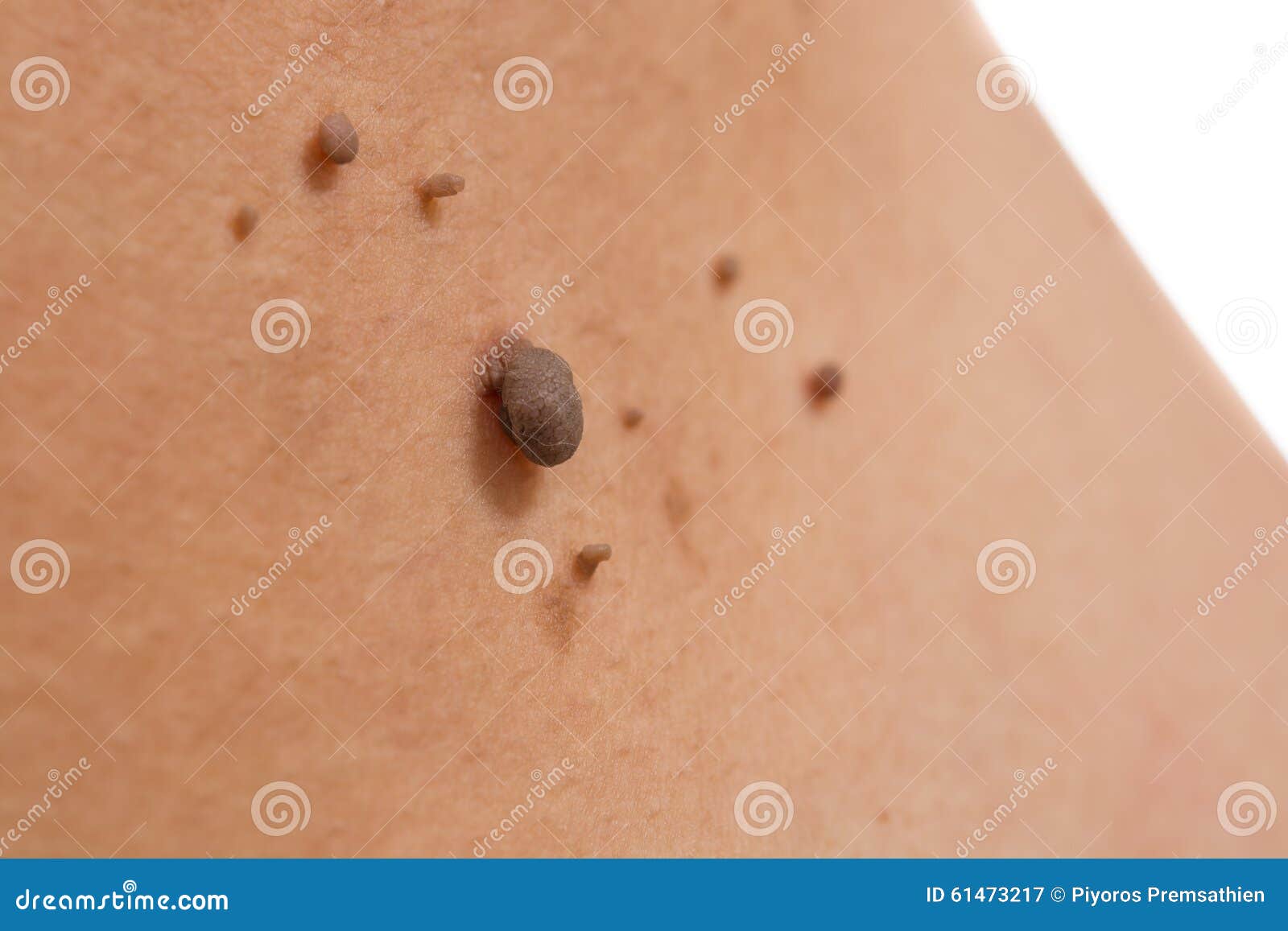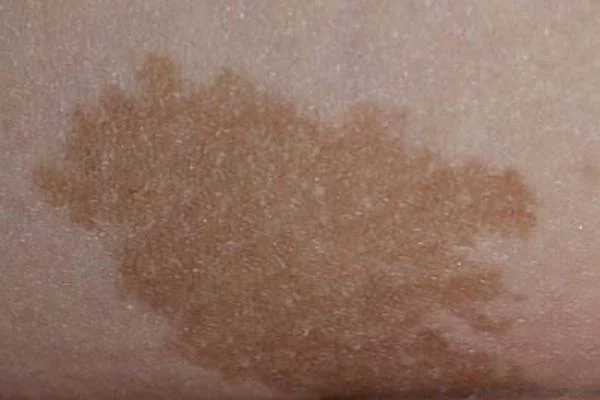
There are some rare genetic conditions that are associated with a lot of moles. Sunlight exposure can increase your chance of developing moles, particularly when exposure happens during childhood and teenage years.
#WHITE MOLES ON SKIN SKIN#
If you have moles, your child might get some moles too.Ĭhildren with light skin are more likely to have numerous moles than dark-skinned people. Shade and protective clothing, hats and sunglasses also help. You can keep your child safe in the sun by using plenty of SPF 30+ or higher, broad-spectrum, water-resistant sunscreen. Sun safety during childhood can also reduce the chance of moles turning into melanomas or other skins cancers when your child is an adult. Sun safety can help to prevent moles and sunburn. They’ll also be better able to handle the procedure.Īsk your GP for a referral to a dermatologist or plastic surgeon to discuss your options. At this age, your child can decide for themselves about whether to get a mole removed. It’s usually best to wait until the teenage years before looking into mole removal. Also, the procedure to remove moles can be quite distressing for children and has a high risk of scarring. This is because moles don’t usually turn into cancer in children. mole is not the same throughout or if it has shades of tan, brown, black, red, white or blue.

Some children might have only a few moles on their body, whereas others have a lot.

Moles usually grow on the face, head, neck, back, arms and legs.


 0 kommentar(er)
0 kommentar(er)
